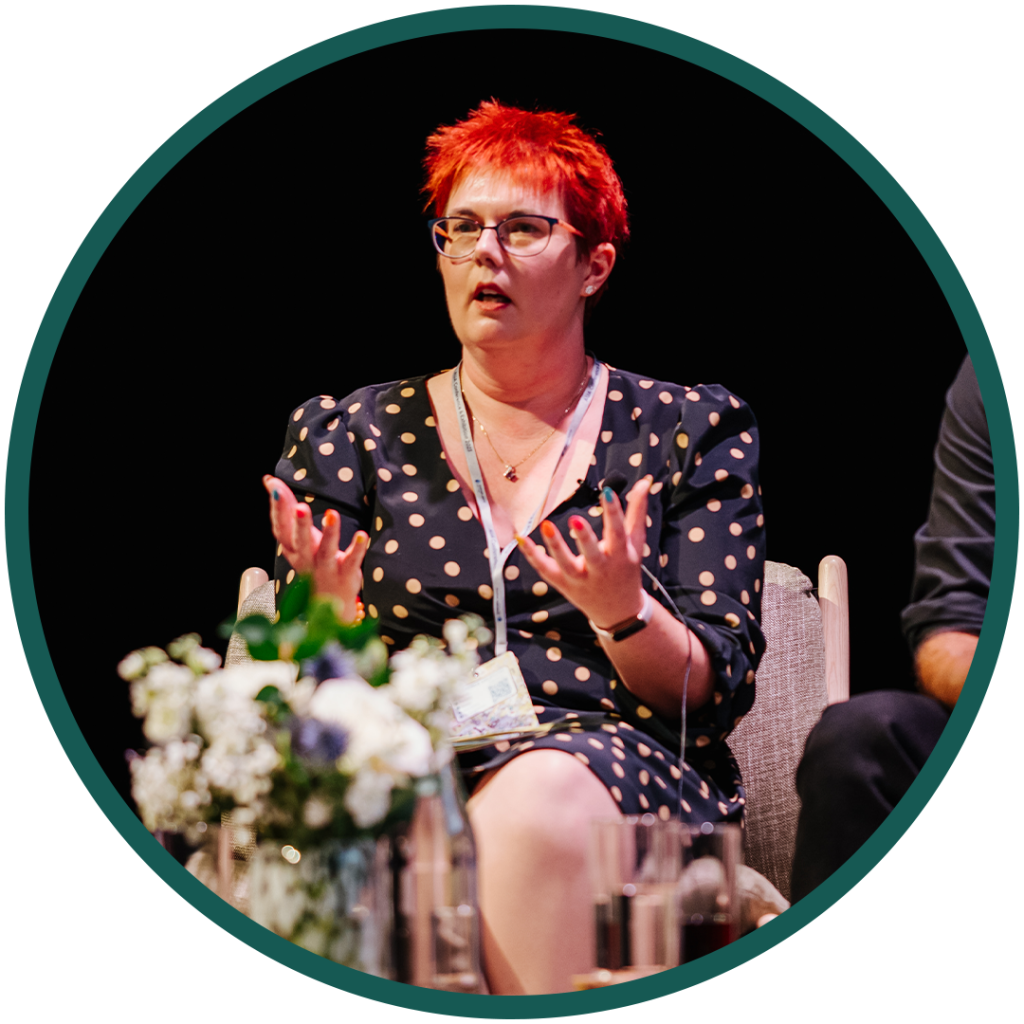
As higher education grapples with a multitude of challenges that require the sector to reinvent itself, HE professionals are acutely aware of their need to evolve to keep pace. Establishing a career as a HE professional is a thorny topic at the best of times, with the perception that there are limited opportunities for career progression, particularly when compared to academic colleagues.
The idea that you will enter HE professional services and have a ‘linear career’ is increasingly inaccurate – an idea that we need to confront and be honest about in our conversations, particularly with early career professionals. In a volatile environment, now more than ever, we have a responsibility to our professional staff to say, if you’re thinking about progression, you need to grasp that this will not be a career ‘ladder’ and that this is not a cause for resignation. The world is changing. HE is restless. Broadening your career aims and professional identity is the future.
At the heart of this professional shift is a new vocabulary to describe a ‘non-traditional’ career. You may have heard of a ‘squiggly career’ characterised by change, uncertainty, and possibility[1]. The problem with the term ‘squiggly’ is that it implies a sense of haphazardness – a series of roles that are short and irregular, with no real sense of security due to frequent moves between roles, industries and careers. Whilst that may not be the intention behind the term, ‘squiggly’ is not an expression that lends itself to a professional passionate about one sector and the values it embodies and who wants to forge a career within it. But as a HE professional, you can design a career in HE that deviates from a traditional career concept by envisioning yourself as a ‘portfolio professional’. Seeing yourself as a portfolio professional is to be celebrated as a novel approach to reflect on, discuss, and chiefly, craft your future career. Moving from a fixed professional identity to one that is fluid will help you to navigate our ambiguous, ever-turbulent sector with drive, clarity, and flexibility.
‘The terms ‘career portfolio’ or ‘portfolio careers’ are synonymous with changing employment norms, where you have a variety of part-time roles simultaneously rather than working full-time for one employer.’
Again, its connotations with the gig economy mean the term is not best suited to describe the career aspirations of an HE professional. Yet it recognises the evolution of employment from the ‘job for life’ to the ‘job for a few years’, then months, until the atomisation of work[2]. You may think this evolution is farfetched when it comes to the UK HE sector, but you’d be wrong. With increasing competition, regulation, changes to policy, new innovations in technology and a squeeze on finances, HEIs are already asking tough questions.
These questions are not just about how HEIs can become nimbler, but how they can continue to transform society, make a difference to communities and ensure they best use their resources for success. This inevitably impacts the roles of HE professionals, what is expected of them in terms of skills, knowledge and behaviours and what their jobs will look like – which probably haven’t even been imagined yet but will nevertheless be looming. To survive and thrive in this environment, HE professionals need to develop the entrepreneurial principles of both the ‘squiggly career’ and ‘career portfolio’; to try new things, learn new skills, gain new knowledge and reinvent themselves. Forever. A portfolio professional is a plural and diverse identity including your unique combination of behaviours, skills, and experiences, that can be mixed, matched, and blended in different ways. Consider becoming a portfolio professional as an investment in you – if you don’t take ownership, no one else will.
How do you start curating yourself as a portfolio HE professional?
Start by thinking ‘what’s in my portfolio?,’ as you probably already have one! Don’t limit yourself to thinking about your job – think wider to all of your extracurricular activities. Play to your strengths and firstly ask yourself where you have created value: volunteering, caring for a relative, hobbies, projects and then think about the behaviours, skills and knowledge you have gained from these activities[3]. Consider mapping these attributes against the AHEP Professional Framework to assess where your strengths lie, how you can build on them, and where there may be gaps.
You should record your growing portfolio in whatever way suits you, but ideally it is best to be able to draw connections. Think about how the different things in your portfolio enhance one another. How does your combination of behaviours, knowledge and skills give you an edge? To do this, you could start by ‘mind mapping’ your portfolio to help you make those creative connections, which will help you to produce a narrative about how your portfolio enables you to be agile and proactive in a way a traditional career view would not.
The future of HE work is changing and so too will the people needs, but this is fraught with uncertainty. Whilst you can’t control what happens in the sector you can at least prepare by investing in, and crafting yourself as a portfolio HE professional.
[1] Tupper, H., & Ellis, S. (2020). The Squggly Career: Ditch the ladder, discover opportunity and design your career. Penguin
[2] Legg, B. (n.d.). ‘Portfolio Careers’ Are Becoming The New Normal: Say farewell to having only one source of income. https://www.digitalpeople.online/portfolio-career
[3] Rhinne, A. (2021, October 13). Why you should build a “career portfolio” (not a “career path”). Harvard Business Review. https://hbr.org/2021/10/why-you-should-build-a-career-portfolio-not-a-career-path
You can gain more insights like this and more at the AHEP Annual Conference 24 -26 March. Join the debate by registering here today!

Check out other articles from AHEP
